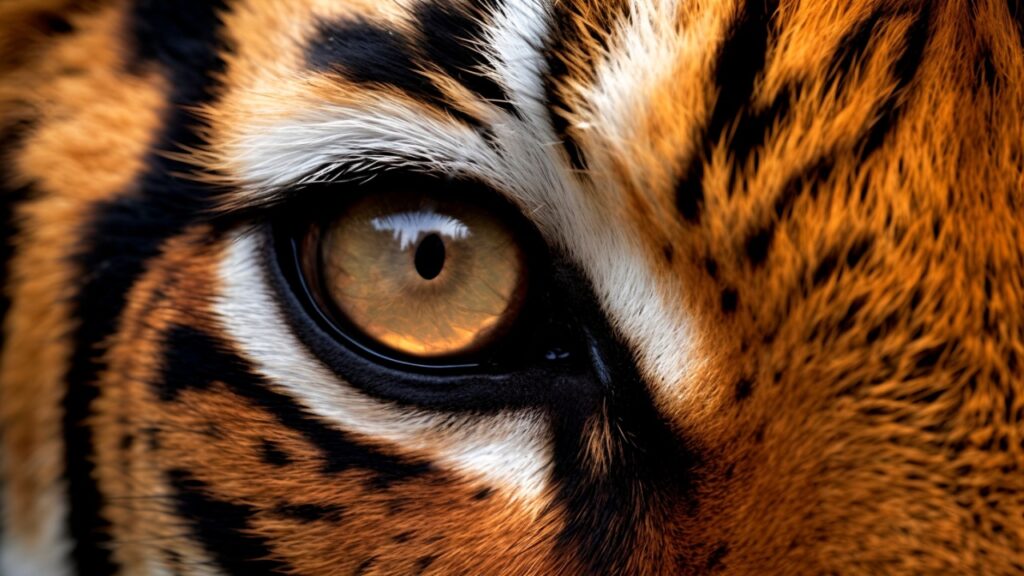The animal kingdom is full of fascinating creatures, some of which can be incredibly dangerous to humans. From the mighty lion to the tiny but deadly shrew, these mammals have evolved unique adaptations that make them formidable predators or lethal defenders. Join us as we explore the 15 most dangerous mammals on Earth.
African Lion
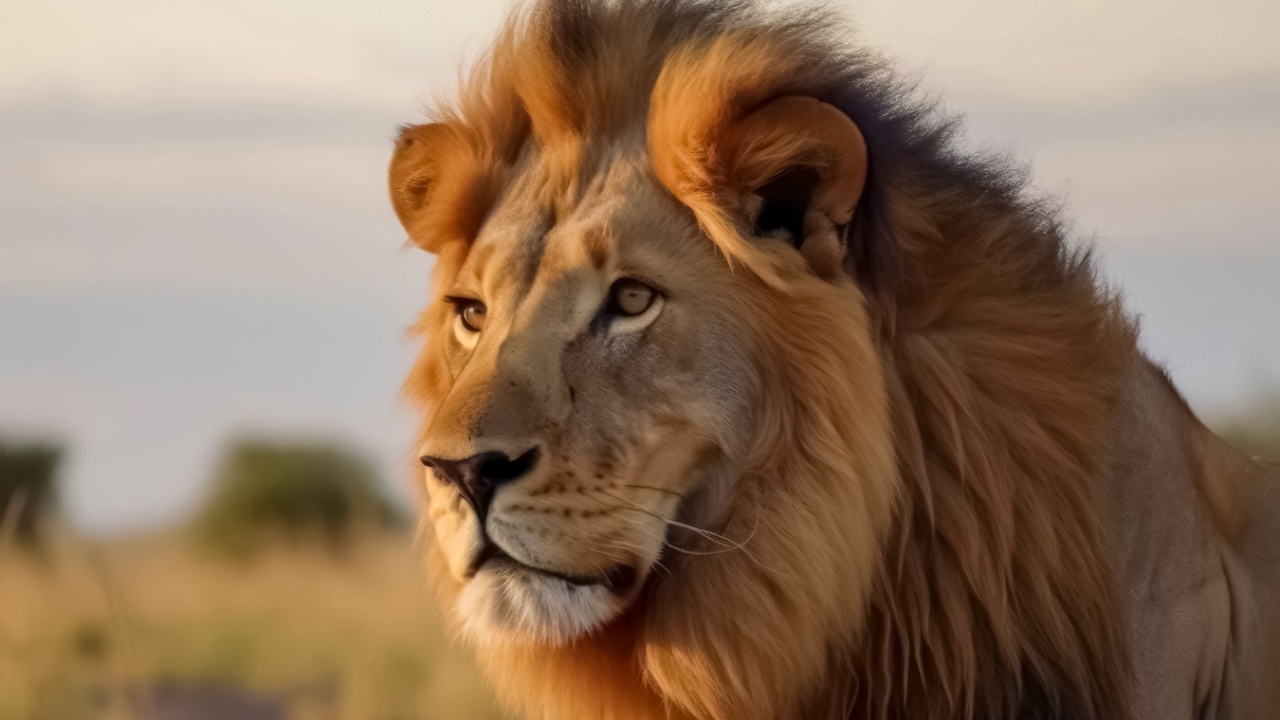
The African lion, known as the “king of the jungle,” is one of the largest and most powerful felines in the world. These apex predators are skilled hunters, capable of taking down prey much larger than themselves. While lions generally avoid humans, they have been known to attack when threatened or when their habitat is encroached upon.
Polar Bear

Polar bears are the largest land carnivores and are well-adapted to survive in the harsh Arctic environment. These massive bears are capable of killing prey with a single swipe of their powerful paws. As climate change diminishes their natural habitat and food sources, polar bears are increasingly coming into conflict with humans, making them one of the most dangerous mammals in the world.
African Bush Elephant
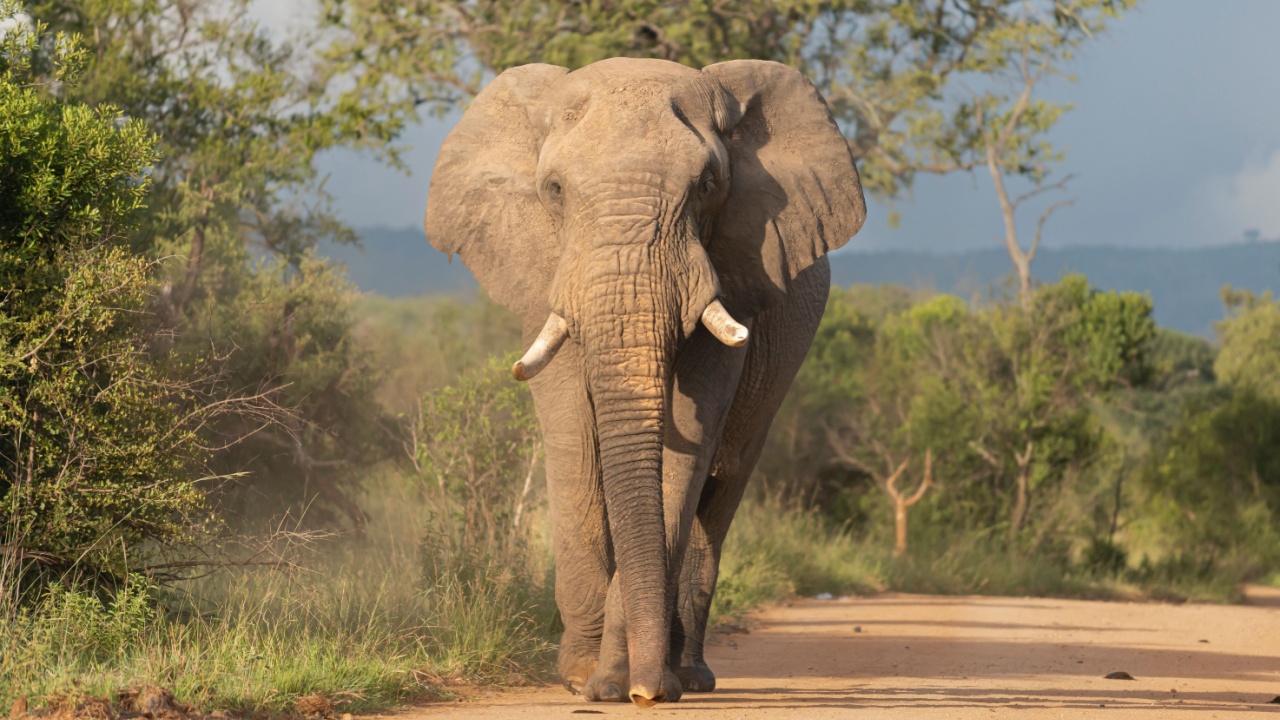
African bush elephants are the largest land mammals on Earth, weighing up to 13,000 pounds (6,000 kilograms). While generally peaceful, these giants can become aggressive when they feel threatened, especially when protecting their young. With their immense size and strength, an enraged elephant can easily crush a human or cause significant damage to property.
Hippopotamus
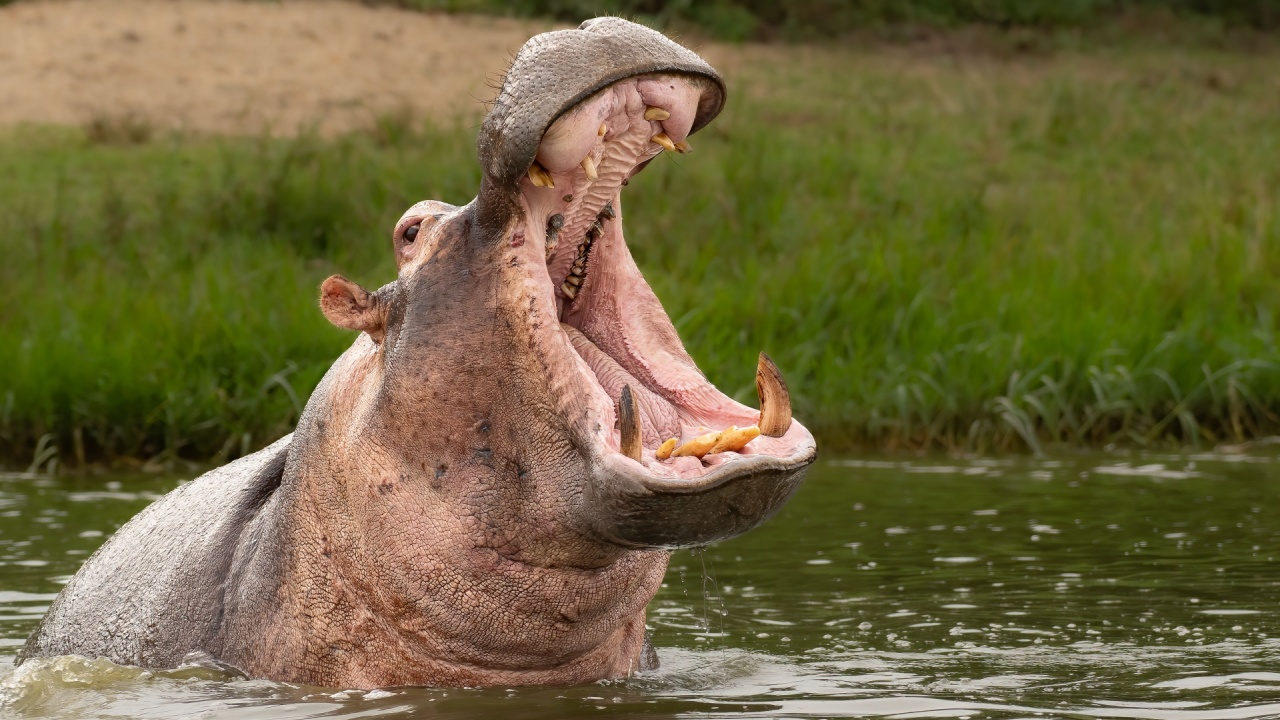
Despite their adorable appearance, hippos are considered one of the most dangerous animals in Africa. These large, semi-aquatic mammals are highly territorial and can be incredibly aggressive when they feel threatened. With their powerful jaws and sharp teeth, hippos can easily crush a human or overturn a small boat.
Grizzly Bear
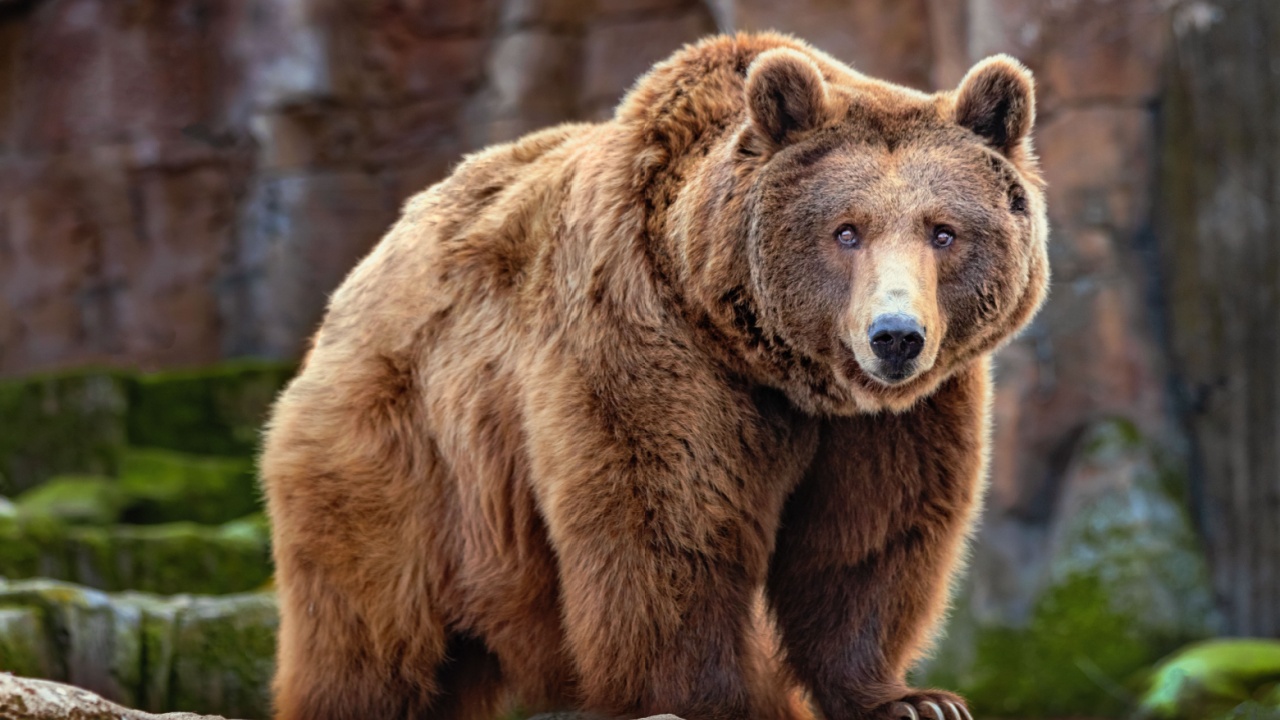
Grizzly bears are one of the largest and most powerful bear species in the world. These majestic creatures are generally shy and avoid human contact, but they can become aggressive when surprised or when protecting their cubs. With their immense strength and sharp claws, a grizzly bear can easily overpower a human.
Great White Shark
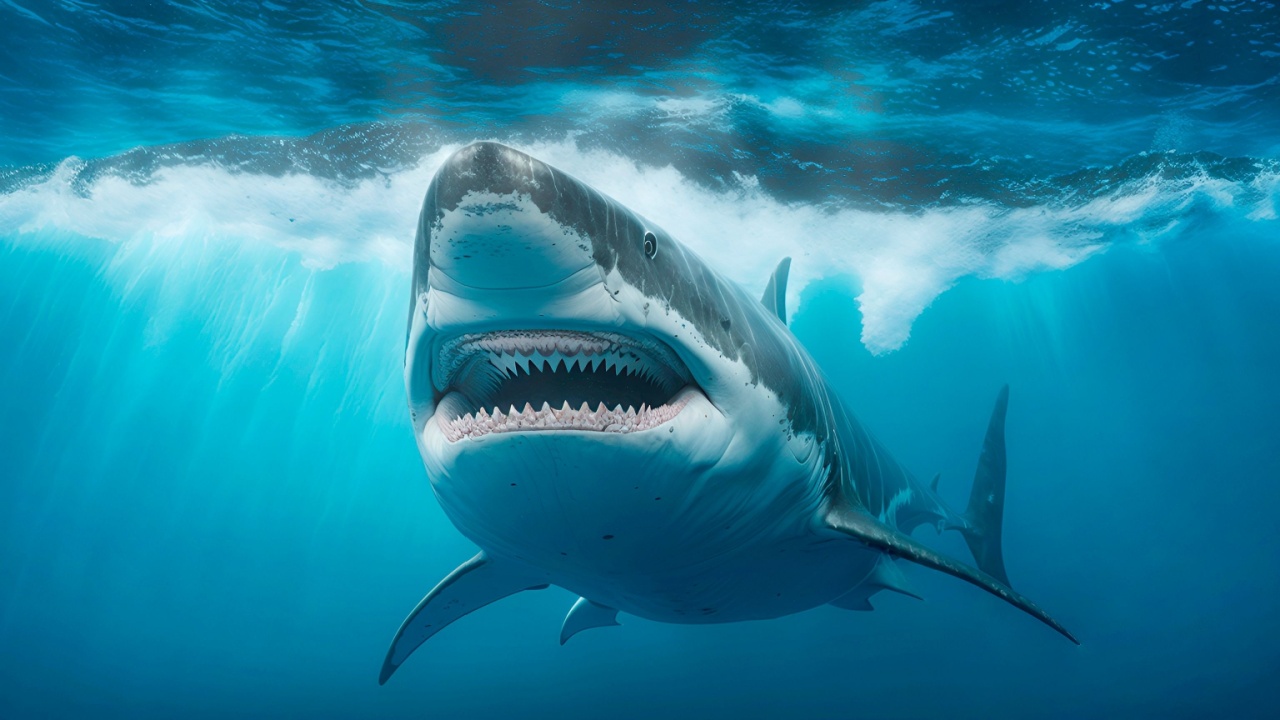
Great white sharks are one of the most feared predators in the ocean. These large, powerful sharks are known for their size, strength, and razor-sharp teeth. While shark attacks on humans are relatively rare, great whites are responsible for the majority of fatal shark encounters.
African Cape Buffalo
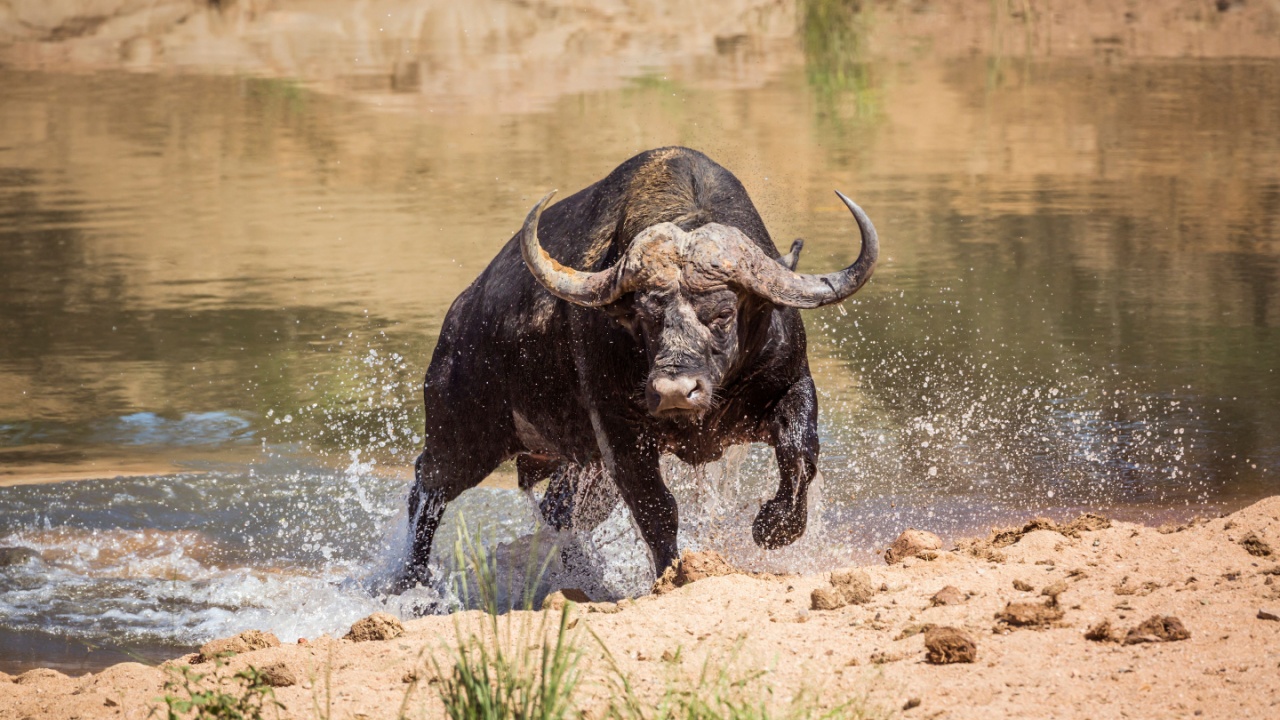
The African Cape buffalo, also known as the “Black Death,” is one of the most dangerous animals in Africa. These large, powerful bovines are known for their aggressive behavior and have been known to attack humans without provocation. With their sharp horns and immense strength, a cape buffalo can easily gore or trample a human.
Saltwater Crocodile

Saltwater crocodiles are the largest living reptiles and are found throughout Southeast Asia and Australia. These powerful predators are known for their strong jaws, sharp teeth, and aggressive behavior. Saltwater crocodiles have been known to attack humans, often resulting in fatalities.
Gray Wolf
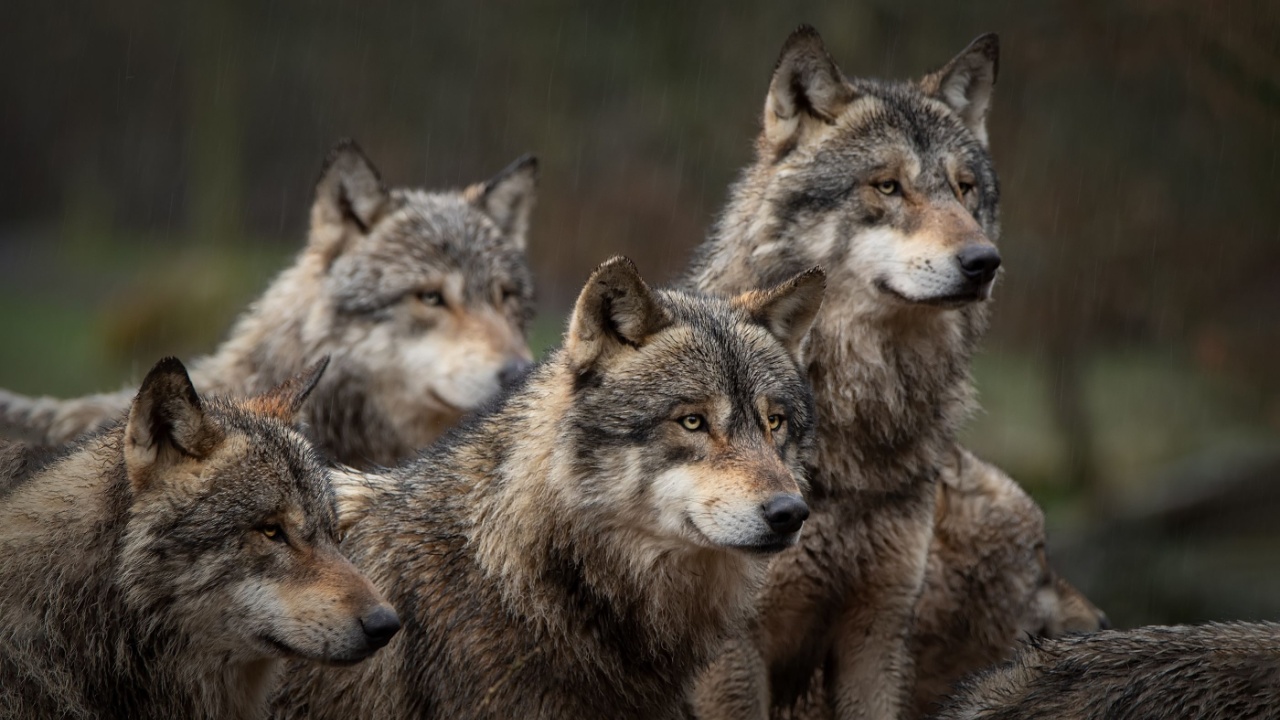
Gray wolves are skilled hunters and are known for their intelligence and social behavior. While generally shy and avoiding human contact, wolves can become aggressive when threatened or when their territory is encroached upon. In rare instances, wolf attacks on humans have been documented, particularly in areas where wolf populations are high and human activity is increasing.
Tigers
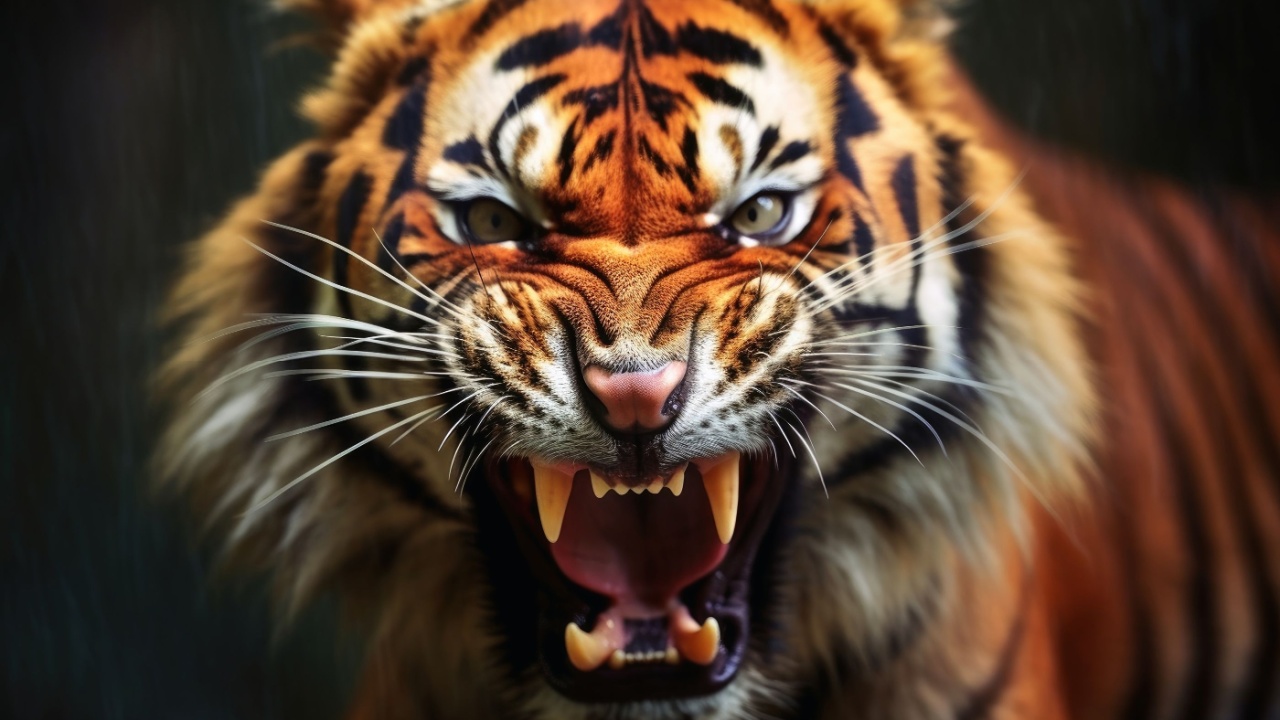
Tigers are one of the largest and most powerful felines in the world. These magnificent creatures are skilled hunters and are known for their strength, agility, and stealth. While tigers generally avoid human contact, they can become aggressive when threatened or when their habitat is encroached upon. Tiger attacks on humans are rare but can be fatal.
Cougar (Mountain Lion)

Cougars, also known as mountain lions or pumas, are large felines native to the Americas. These powerful predators are known for their strength, agility, and stealth. While cougar attacks on humans are rare, they can be fatal, especially if the animal is surprised or feels threatened.
Black Bear
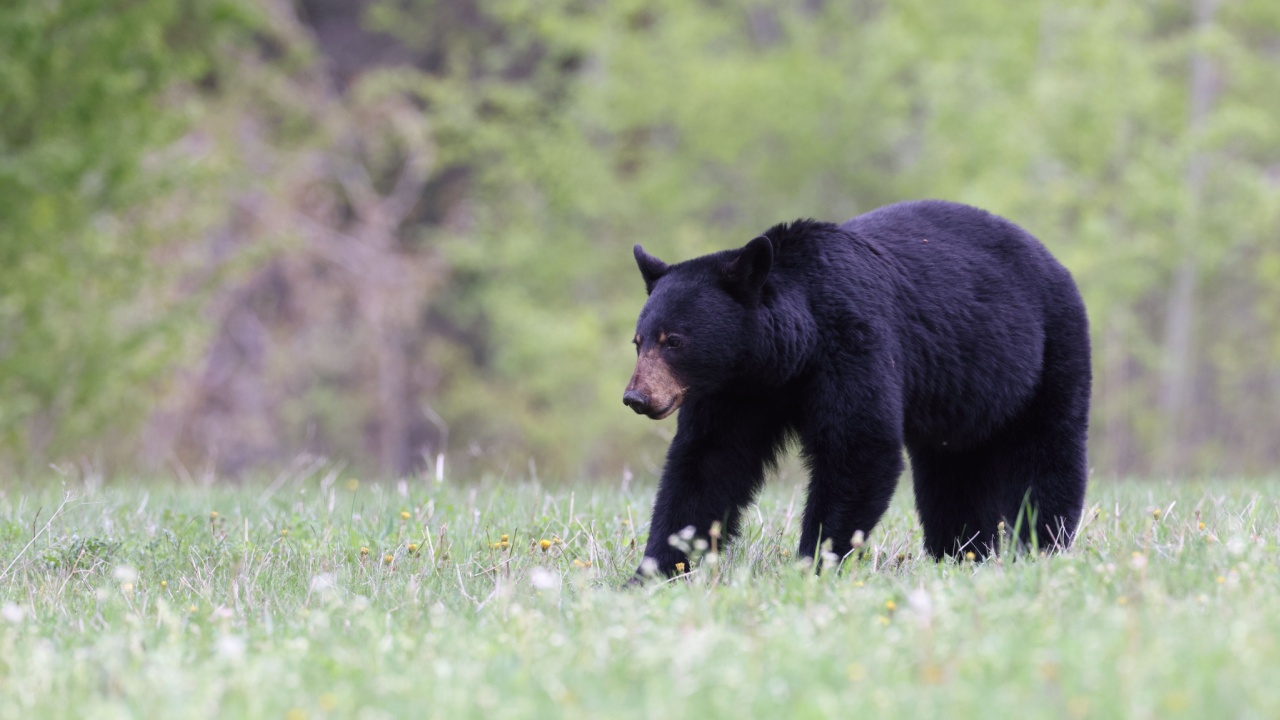
Black bears are the most common bear species in North America and are known for their intelligence and adaptability. While generally shy and avoiding human contact, black bears can become aggressive when food is involved or when they feel threatened. Black bear attacks on humans are rare but can result in serious injury or death.
Australian Box Jellyfish
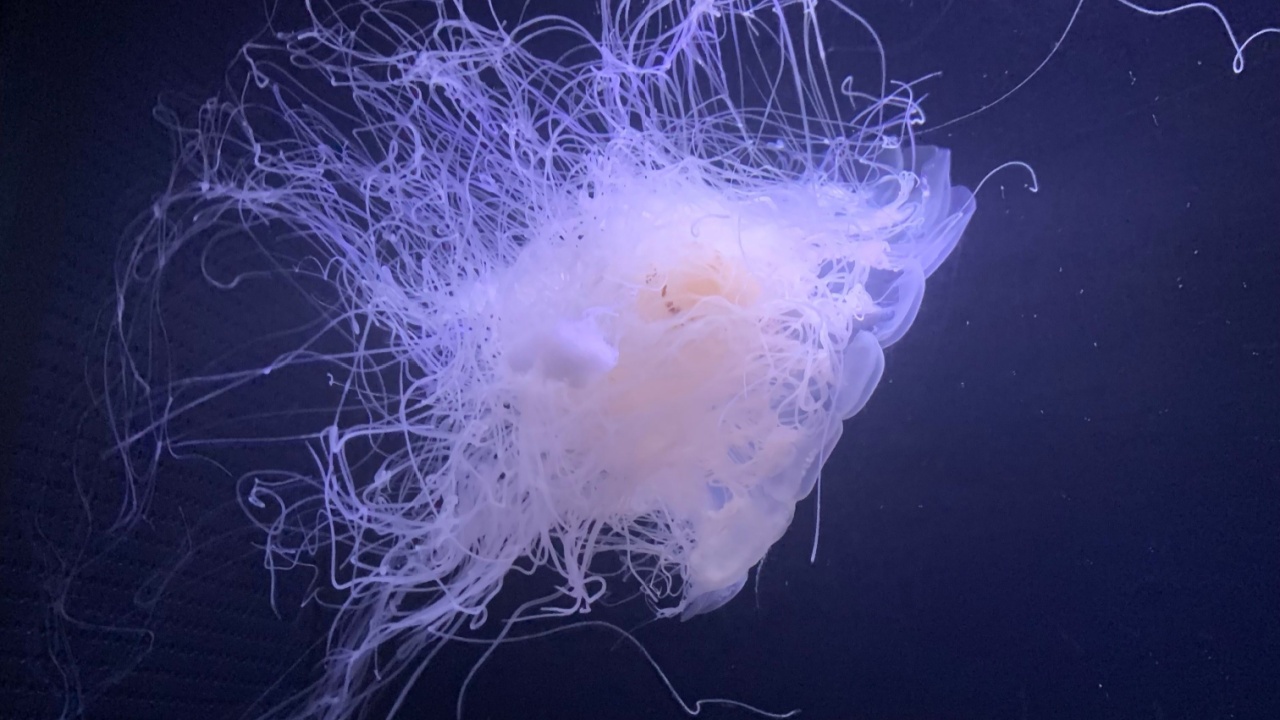
While not technically a mammal, the Australian box jellyfish deserves a mention due to its extremely potent venom. This small, transparent jellyfish is found in the coastal waters of Australia and is considered one of the most venomous creatures in the world. A single sting from a box jellyfish can cause excruciating pain, paralysis, and even death within minutes.
Slow Loris
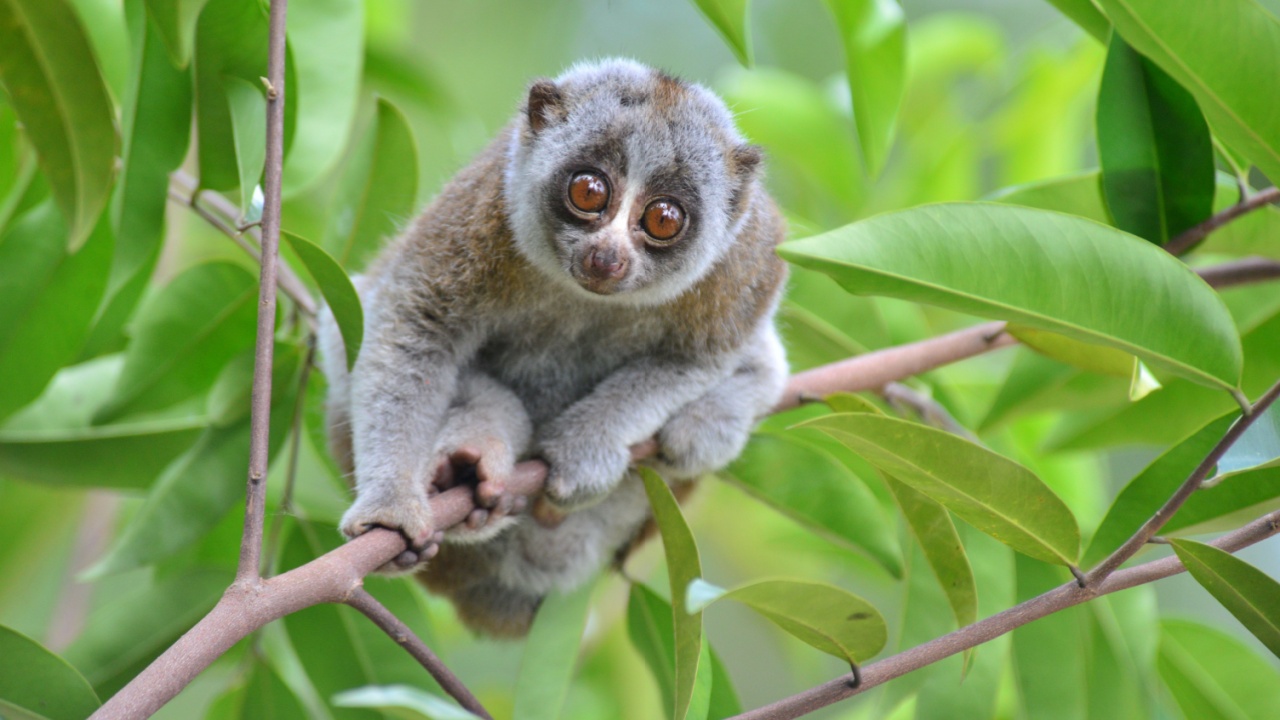
The slow loris, a small primate found in Southeast Asia, may look adorable, but it is one of the few venomous mammals in the world. When threatened, slow lorises can secrete a toxic substance from glands on their elbows, which they then lick to activate the venom. While their venom is primarily used for defense against predators, it can cause severe allergic reactions and anaphylactic shock in humans.
Humans

Surprisingly, humans themselves are one of the most dangerous mammals on Earth. With our advanced technology, weapons, and the ability to alter ecosystems on a massive scale, humans have the capacity to cause significant harm to other species and the planet as a whole. From hunting and habitat destruction to pollution and climate change, human activities have led to the extinction of countless species and continue to threaten the delicate balance of life on Earth.
Becky is a fervent wildlife enthusiast and pet care expert with a diploma in canine nutrition. Her love for animals stretches beyond the domestic, embracing the wild tapestry of global fauna. With over a decade of experience in animal welfare, Becky lends her expertise to OutlandishOwl through insightful articles, captivating wildlife information, and invaluable guidance on pet nutrition. Her work embodies a deep commitment to understanding the intricate lives of animals and a passion for educating others on sustaining natural habitats. Becky's hands-on conservation efforts and her knack for translating complex dietary science into practical pet feeding tips make her an indispensable voice for creatures great and small.

